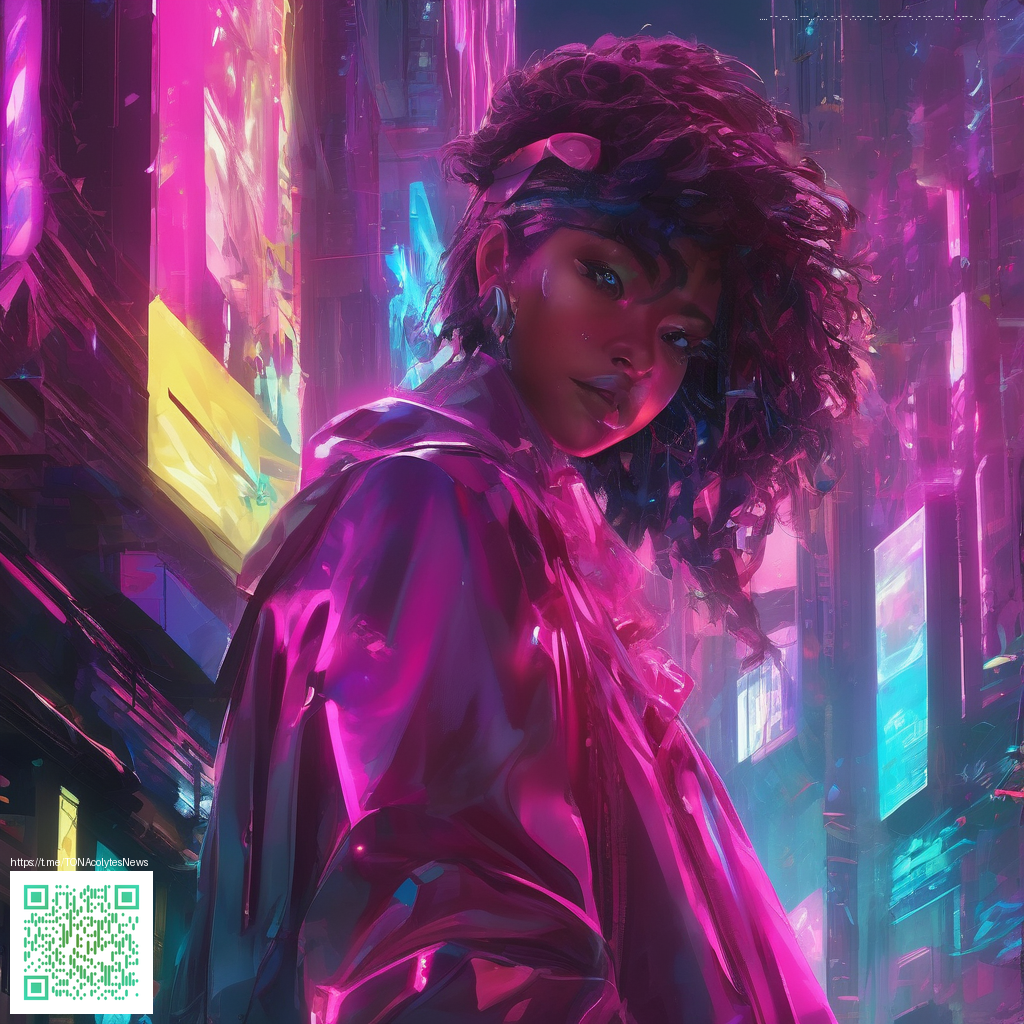
Why Guild Drama Never Dies: Understanding the Enduring Pulse of Online Clans
In the sprawling ecosystems of online games, guilds function as micro-societies—miniature empires built on shared goals, rituals, and personalities. Yet the very traits that make a guild cohesive—clear roles, loyal members, and a collective quest—also seed tension. When you gather a diverse group of players who interpret loot drops, leadership decisions, and raid schedules through competing lenses, drama becomes less a nuisance and more a renewable resource. It’s not merely conflict for conflict’s sake; it’s a reflection of how identity, status, and belonging play out in real time across chat channels, forums, and voice rooms.
The social psychology fueling guild dynamics
Humans crave belonging, recognition, and influence. In a guild, those desires take on tangible form: leadership titles, loot priorities, and the prestige of a successful raid night. When priorities clash—someone wants faster progression, another prioritizes social cohesion—the stage is set for friction. Over time, these micro-dramas crystallize into stories that members retell, embellish, and defend. The result is a living archive of the guild’s history, where today’s quorum becomes tomorrow’s legend. The enduring punchline is simple: the more a guild relies on a shared narrative to bind its members, the more sensitive it becomes to status shifts, perceived betrayals, and evolving loyalties.
“In the arena of online guilds, drama is not a bug—it’s a feature. It signals investment, identity, and community.”
Channels, culture, and the spread of whispers
Online guild life unfolds across multiple channels, each with its own tempo and etiquette. In-game chat can spark immediate disagreements over raid roles or strategies. Voice channels carry nuance—tone, timing, and intent—that text can distort or exaggerate. Guild forums preserve long-form debates, where one controversial decision can simmer for weeks. These channels act like pressure valves: when open, they release tension; when clogged, they amplify misunderstandings. The same dynamics shape how rumors travel, how apologies land, and how grudges persist long after the boss dies. Understanding that drift helps leaders and members respond with clarity rather than knee-jerk reaction.
- In-game chat friction that flares during boss fights
- Voice channels where tone can escalate disagreements
- Forums and message boards that extend disputes over days or weeks
- Scheduled events that become platforms for persuasion and reconciliation
Leadership plays a pivotal role here. Transparent decision-making, clear codes of conduct, and timely conflict resolution don’t erase drama, but they convert it into a constructive force. When a guild codifies expectations and recognizes contributions fairly, it channels drama into growth rather than erosion. The trick is not to suppress emotion but to channel it toward shared goals and mutual respect.
Visual identity—how a guild presents itself—can either soften tensions or sharpen them, depending on intent. Symbols, salutes, and even gear choices signal belonging and hierarchy. This is where small personal touches can have outsized effects. For gamers who want a tangible way to reinforce their guild’s vibe, consider gear that doubles as a badge of unity. While factional feuds often revolve around intangible ideas, a single, well-crafted object can anchor collective memory and foster positive rituals around collaboration. For instance, Neon Gaming Mouse Pad 9x7 (Custom Front Print) offers a practical canvas for members to rally around—subtly elevating the guild’s shared environment during long evenings of raiding and strategy sessions. If you’re curious about how branding can influence in-game behavior, you’ll find thoughtful examples in related content here: a related discussion.
Beyond branding, practical steps matter too. Establish a gentle escalation path for conflicts, designate neutral mediators for disagreements, and celebrate wins as a guild rather than as individuals. When drama is acknowledged openly and managed with empathy, it becomes a catalyst for stronger teamwork, not a cause for exile or retreat.
- Set a concise code of conduct that is visible and revisited regularly.
- Empower unbiased mediators who can facilitate conversations after setbacks.
- Encourage rituals that honor both progress and collaboration, such as post-raid debriefs and informal social nights.
- Channel competitive energy into constructive goals—clear progression milestones, mentorship programs, and structured recruitment.
Ultimately, guild drama endures because it mirrors the human need to belong, to lead, and to be seen as part of something larger than oneself. The right balance of accountability, empathy, and meaningful rituals can transform turbulence into momentum, keeping communities alive and thriving for patches to come.